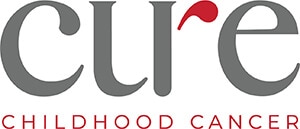
About Childhood Cancer
Childhood or pediatric cancer describes cancers that occur among children and adolescents. Childhood cancers differ from adult cancers in the way they grow and spread, how they are treated, and how they respond to treatment.
What causes cancer in children?
Most childhood cancers are the result of DNA changes that happen early in the child’s life, sometimes even before birth. Every time a cell divides into two new cells, it must copy its DNA. This process isn’t perfect, and errors sometimes occur, especially when the cells are growing quickly. Most of the time, these errors can be corrected by the cell. But when the genetic errors are so extensive that the cell cannot function normally, special genes order that the cell die for the good of the body as a whole.
When these corrections are not made, or when a diseased cell fails to self-destruct, cell growth and division can begin to break free of their constraints to become cancer cells.
There are four main types of childhood cancer and several sub-types.
Types of Pediatric Cancers
Leukemia
Leukemia is a blood cancer caused by a rise in the number of white blood cells in your body. Those white blood cells crowd out the red blood cells and platelets that your body needs to be healthy. Leukemias are the most common childhood cancers. Types of leukemia include acute lymphoblastic leukemia (ALL) and acute myeloid leukemia (AML).
Lymphoma
Lymphoma is cancer that begins in infection-fighting cells of the immune system, called lymphocytes. These cells are in the lymph nodes, spleen, thymus, bone marrow, and other parts of the body. When you have lymphoma, lymphocytes change and grow out of control. There are two main types of lymphoma: Hodgkin’s lymphoma and non-Hodgkin’s lymphoma.
Brain Cancers
Brain cancers in children occur in the central nervous system and spinal cord. These important organs control functions necessary to sustain life which can be inhibited by tumor growth. There are several different types of brain tumors. Collectively, they comprise nearly 20% of childhood cancers diagnoses.
Solid Tumors
A solid tumor is a mass of tissue that’s formed by an accumulation of abnormal cells. Tumors crowd out healthy cells and prevent them from doing their job. Tumors can develop in many parts of the body including the brain, kidneys, liver, and bones. Types of solid tumor cancers include neuroblastoma, osteosarcoma, Ewing sarcoma, and Wilms tumors.
Childhood Cancer Statistics
Every year, more than 17,000 children in the United States and more than 300,000 worldwide are diagnosed with cancer.
Incidence rates are increasing every year.
In the last 25 years, only six drugs have been developed and approved specifically for children.
Cancer is the leading cause of death by disease in children.
Cancer Research is the Key
Studies reveal that lifestyle behaviors and environmental factors account for around 70-90% of adult cancer cases. Unlike many adult cancers, most causes of childhood cancer are unknown and therefore, not preventable. Childhood cancers are quite simply different from adult cancers, and the research that has increased adult survival rates rarely trickles down to help children.
Nearly every child diagnosed with cancer in the 1950’s died. Due to research, today more than 80% of children diagnosed will live. While that is great progress, it isn’t enough because 1 of every 5 children doesn’t survive and many who do survive will experience significant complications from today’s harsh treatments.
CURE only funds research into cancers that affect children!
Cancer Research is the Key
Studies reveal that lifestyle behaviors and environmental factors account for around 70-90% of adult cancer cases. Unlike many adult cancers, most causes of childhood cancer are unknown and therefore, not preventable. Childhood cancers are quite simply different from adult cancers, and the research that has increased adult survival rates rarely trickles down to help children.
Nearly every child diagnosed with cancer in the 50’s died. Due to research, today more than 80% of children diagnosed will live. While that is great progress, it isn’t enough because 1 of every 5 children doesn’t survive and many who do survive will experience significant complications from today’s harsh treatments.
CURE only funds research into cancers that affect children!



